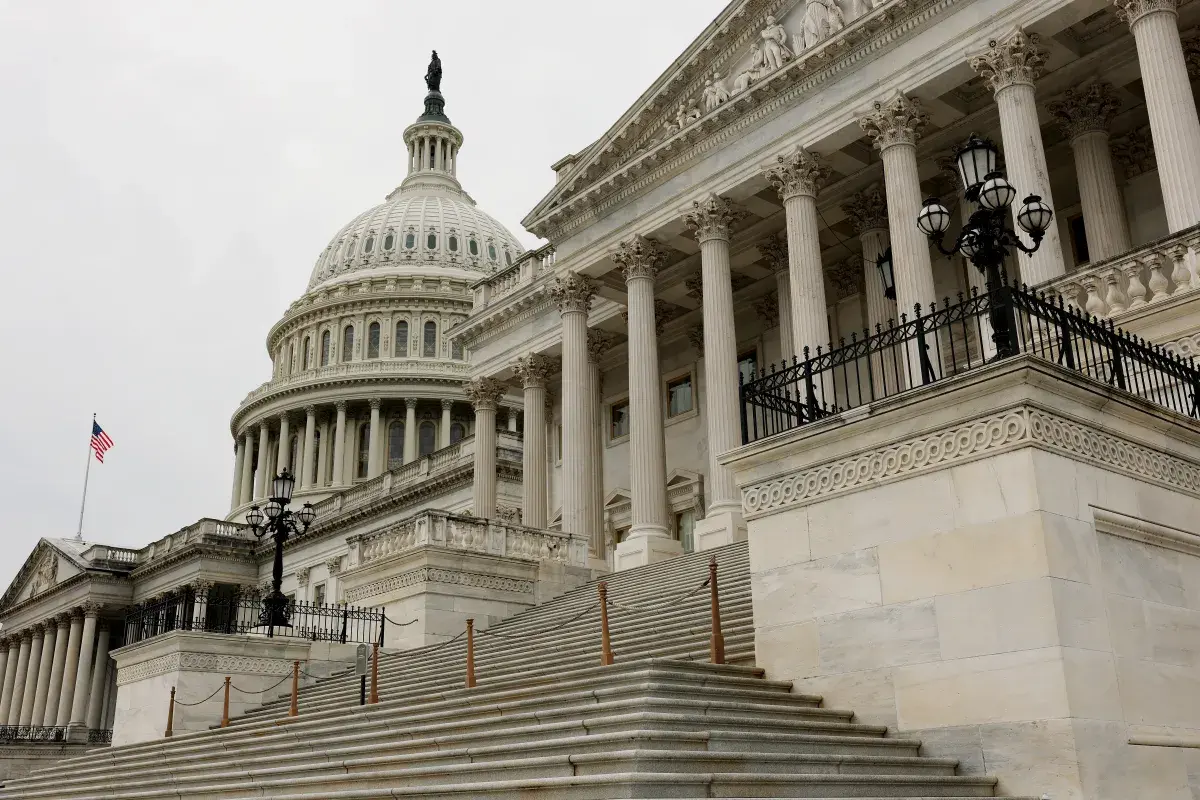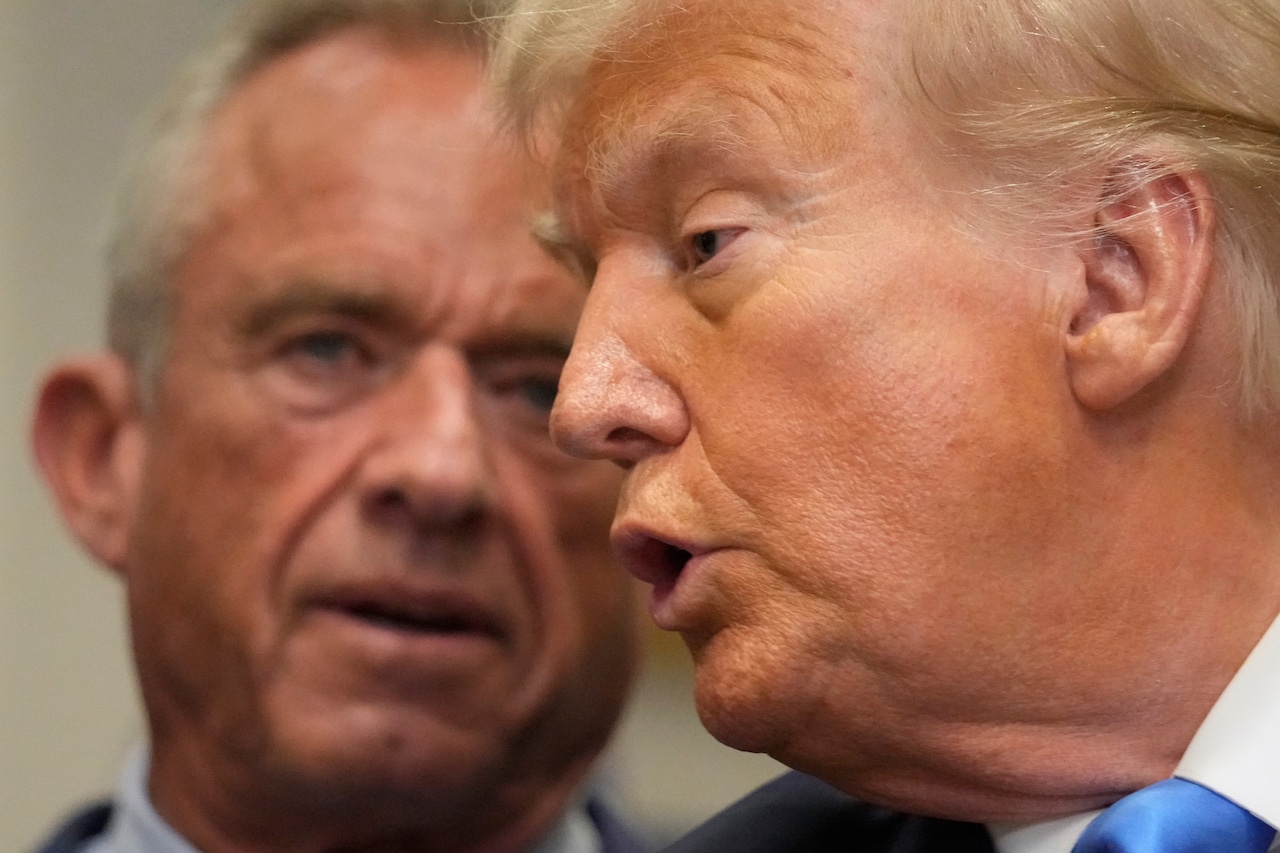
Some 100,000 federal workers are set to formally quit the U.S. government in what will constitute the largest mass resignation of government workers in U.S. history.
The resignations—which come as part of a program drawn up by President Donald Trump at the start of his second administration—will happen on Tuesday as Congress is facing a deadline on the same day to authorize more funding or risk a government shutdown.
If there is no deal, the White House has ordered federal agencies to make plans for the large-scale redundancies.
Newsweek contacted the Office of Personnel Management by email outside of normal business hours to comment on this story.
Why It Matters
The loss of federal workers will have huge impacts on operations across different parts of government and could disrupt services including in the Department of Veteran Affairs and the Social Security Administration.
An increasing number of unemployed adults will also impact the economy, with a large number of people clamoring to secure jobs in the private sector at once.
What To Know
The resignations come as, since assuming office, the Trump administration has made trimming down federal bureaucracy and streamlining services one of its key priorities. To that end, Trump created the Department of Government Efficiency (DOGE), an agency spearheaded by billionaire and Tesla CEO Elon Musk, until he left the White House in May following disagreements with the President.
The administration also implemented hiring freezes and mass layoffs and in February issued a directive giving federal employees the choice of accepting a resignation package which included salary payments until the end of September or risk future layoffs.
The planned 100,000 resignations come as a part of this program, known as the Deferred Resignation Program (DRP).
According to a Senate Democrat’s report in July, DRP will cost $14.8 billion as 200,000 workers will be paid their full salary and benefits while on administrative leave for up to eight months.
There are 2.4 million federal workers in the U.S., according to the Bureau of Labor Statistics (BLS). Aside from resignations, while there is no official data revealing how many people have been fired, but The New York Times estimates the figure at 135,000.
Meanwhile, Newsweek reported that fired federal workers have suffered from poor mental health, while others have struggled to find jobs in the private sector.
What People Are Saying
Speaking to Newsweek, Scott Lucas, who teaches international politics at University College Dublin said the resignations were “technically a redundancy.” He added that they “will have an affect on the unemployment rate in the United States so it’s going to have a political effect because that spike will look bad for the Trump administration.”
He added: “The Trump administration will affect government services, it will affect basic government functions.”
Writing in a post on LinkedIn, Next Interior, a group affiliated with government department the Department of the Interior, said the mass resignation: “represents a massive loss in institutional knowledge and capacity across the federal government – the expertise, relationships, and dedicated people that make it work for taxpayers.”
An August memo by Scott Kupor, Director at the U.S. Office of Personnel management said: “We designed the DRP as a practical, humane, and voluntary option to accelerate workforce transitions in a system that desperately needed movement. Employees were given the option to retire early and receive eight months of paid leave; in return, the government will save $20+ billion in costs, annually.”
It added: “At OPM we’re here to fix the decades of broken systems that have put us in this position. The Deferred Resignation Program was a necessary step toward a smarter, leaner, more effective government. If that ruffles a few feathers in Washington, so be it. The American people deserve a workforce built for performance, not permanence.”
What Happens Next
It remains to be seen whether the government shutdown can be avoided.



